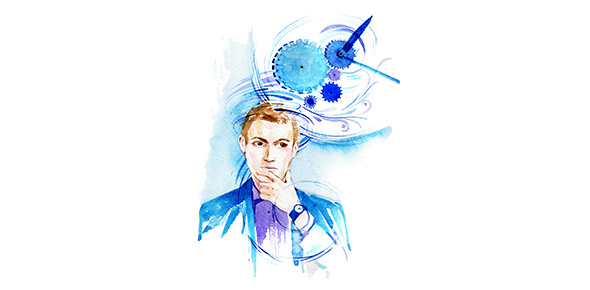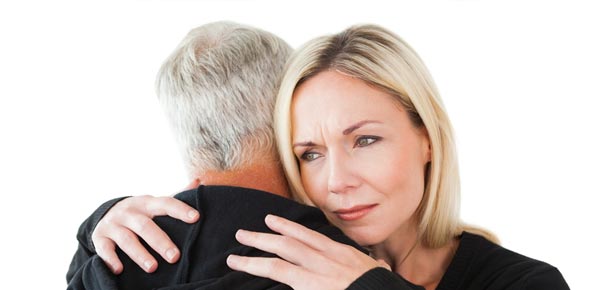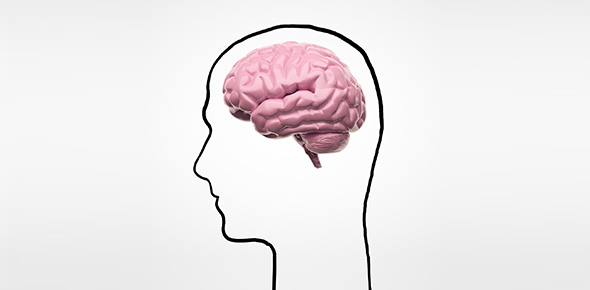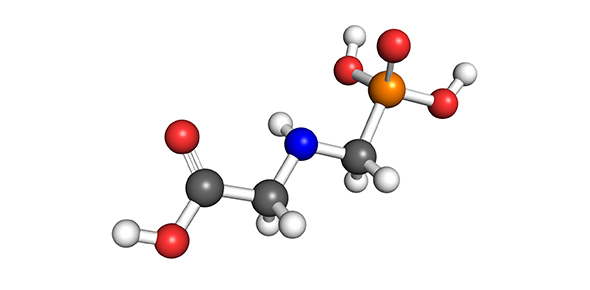Related Flashcards
Related Topics
Cards In This Set
| Front | Back |
|
Cotard's Syndrome
|
Individuals with this disorder experience negation that causes them to deny their own existence or the fact that they are living. Nihilistic delusions, delusions of immortality, depression, anxiety. Associated with an underlying disorder.
|
|
Hemorrhagic Stroke
|
Brain bleed where blood vessels rupture. 13% of strokes--> higher mortality rate than ischemic stroke.
|
|
Types of hemorrhagic stroke
|
Intracerebral (10%): artery within the brain ruptures. Brain tissue acumulates blood.
Subarachnoid hemorrhage (3%): Artery on the surface of the brain ruptures. Blood accumulates in subarachnoid space just below the skull.
|
|
Aneurysm
|
Blood vessel enlarges with constant pressure and weakens. Caused by stress, blood thinners, drug use, etc.
|
|
Arteriovenous malformation
|
Tangled connection of blood vessels which dilate over time then burst. Congenital
|
|
Genetic component of hemorrhagic stroke
|
MMP3 Halotype 2
Plasma tHcy and MTHFR 677 T-allele
|
|
Treatment for hemorrhagic stroke
|
Surgery to drain fluid-ventriculostomy.
Isoflurane: reduces cell death
Captopril and Losartan: restores normal cerebral blood flow
|
|
Ischemic stroke
|
Obstruction in arteries leading to loss of blood flow to region and thus nutrients and oxygen. Buildup of glutamate.
|
|
Types of ischemic stroke
|
Thrombotic: clot forms in narrow artery of brain
Embolic: clot formed elsewhere in vascular system breaks off, travels through the bloodstream and gets caught in passages of brain.
|
|
Seasonal Affective Disorder
|
Major depressive disorder or bipolar affective disorder. Only occurs in winter and has to last for 2 years. Caused by shortened photoperiods-->reduced ability to turn light into photosignals.
|
|
Creutzfeldt-Jakob disease (aka Mad Cow disease)
|
Caused by infectious Prion protein (malformed protein that affects surrounding proteins within brain). Transmitted through contaminated products, transplanted organs, blood transfusions, and consumption of organs. Incurable, death occurs in 6-8 months.
|
|
Temporal Lobe Epilepsy
|
A type of partial onset epilepsy, most common form of refractory epilepsy.
|
|
Types of temporal lobe epilepsy
|
Mesial TLE: most common. Hippocampus, parahippocampal gyrus, amygdala.
Lateral TLE: Neocortex and outer surface of temporal lobe.
|
|
Types of TLE seizure
|
Single partial complex: epigastic sensation, hallucinations, deja vu, sudden intese emotions unrelated to the context.
Complex partial: abnormal sensations, abdominal pain, SNS activation, abnormal mouth behaviors, muscle contractions, forced turning of head/eyes, loss of consciousness/memory
|
|
Acetylcholine
|
Synthesized from Choline and acetate. Primary NT found at neuromuscular junctions. Also found in cerebral cortex, thalamus, temporal lobe, amygdala, and brain stem. Involved in motor movements are REM sleep.Nicotinic Receptors: blocking can paralyze; involved in learning.Muscarinic: blocking depresses CNS and can cause hallucinations.
|







